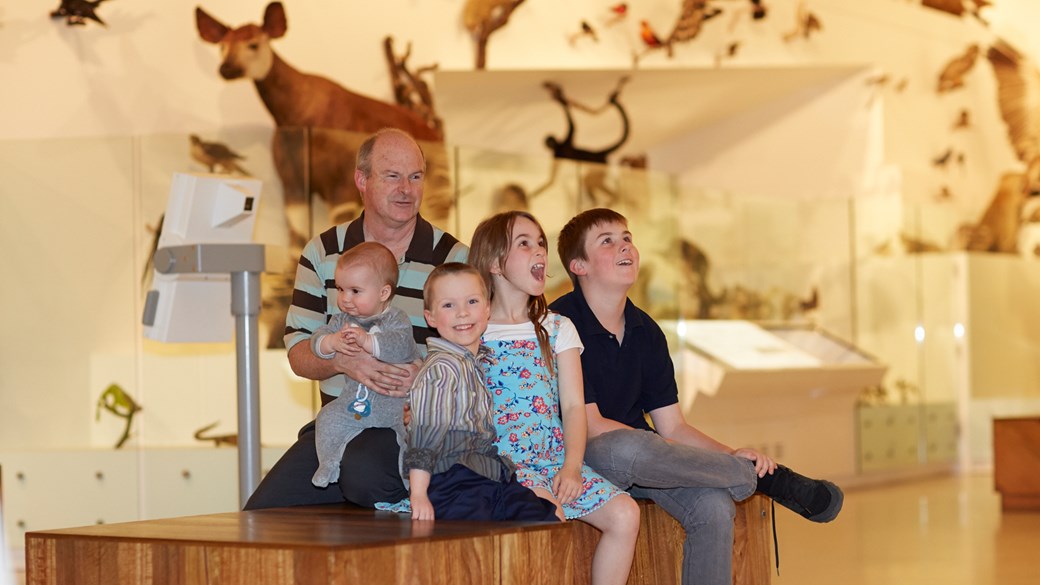
Social Stories
These social stories are for adults and teachers visiting the museum with autistic and neurodiverse children.

These social stories are for adults and teachers visiting the museum with autistic and neurodiverse children.
Written for children in consultation with AMAZE, the stories have photographs to show children what they'll encounter during a visit to Melbourne Museum. You can read them online as a webpage, or you can download a Word document to print out. You can also cut and paste the stories to create a story that best suits your child.
If you have sensory sensitivities or are feeling overwhelmed during your visit, you can borrow a free sensory bag. The bags contain:
Sensory bags can be borrowed from the admissions desk located in the entrance foyer and returned to the same location at the end of your visit.

Use this social story to plan a visit to Gandel Gondwana Garden. Read it online or download the Word document to print or create your own.
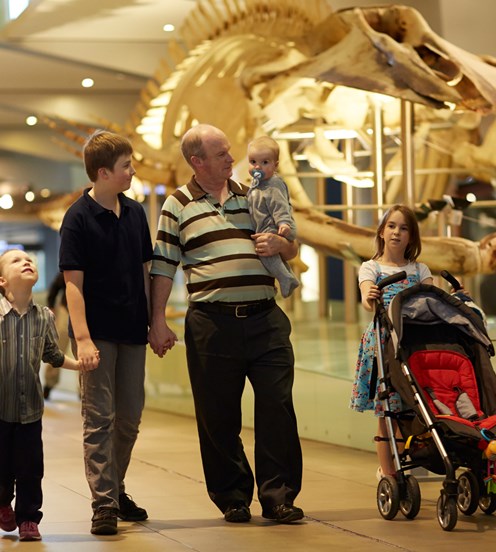
Use this social story to plan a visit to Melbourne Museum with young children. Read it online or download the Word document to print or create your own.
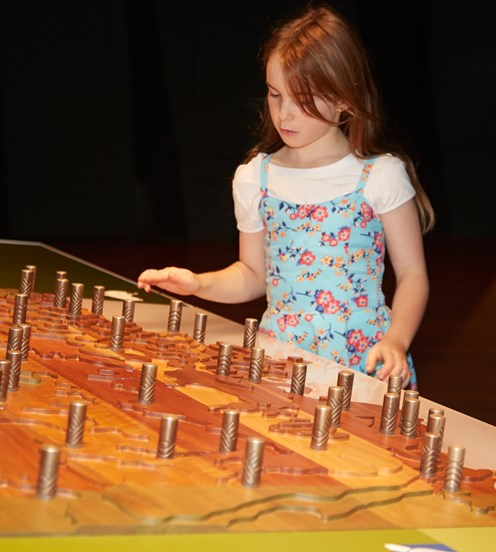
Use this social story to plan a visit to Melbourne Museum with older children. Read it online or download the Word document to print or create your own.
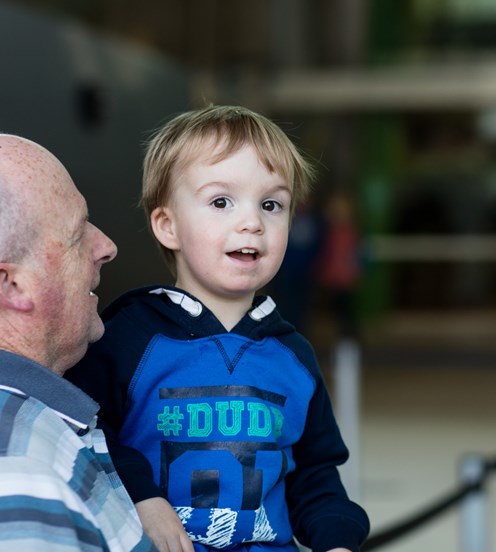
Use this social story to plan a visit to the Pauline Gandel Children’s Gallery at Melbourne Museum. Read it online or download the Word document to print or create your own.

Use this social story to plan a visit to the Triceratops exhibition at Melbourne Museum. Read it online or download the Word to PDF document to print or create your own.
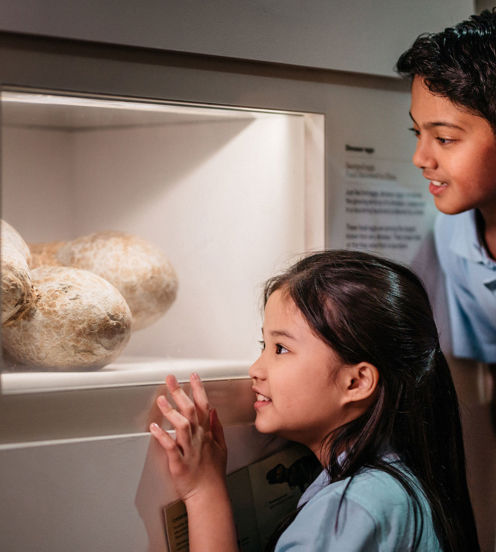
Use this social story to plan a school visit to Melbourne Museum with autistic and neurodiverse children. Read it online or download the Word document to print or create your own.
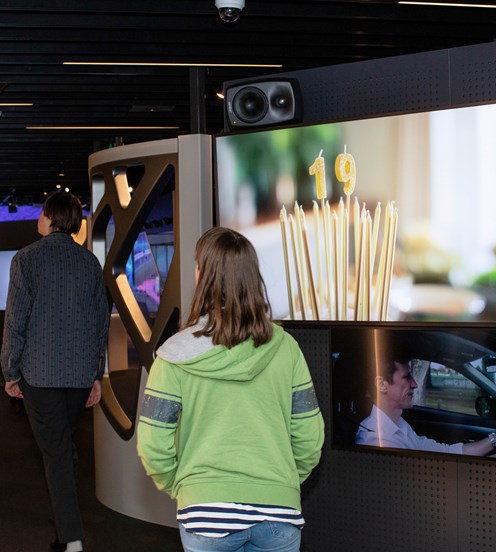
At the Road to Zero learning centre school groups explore and learn all about road safety.
Use this social story to plan a school visit to Road to Zero. Read it online or download the Word document to print or create your own.

The Road to Zero Regional In-School Program brings road safety education programs to schools across rural and regional Victoria.
Use this social story to prepare your students for a visit to your school. Read it online or download the Word document to print or create your own.
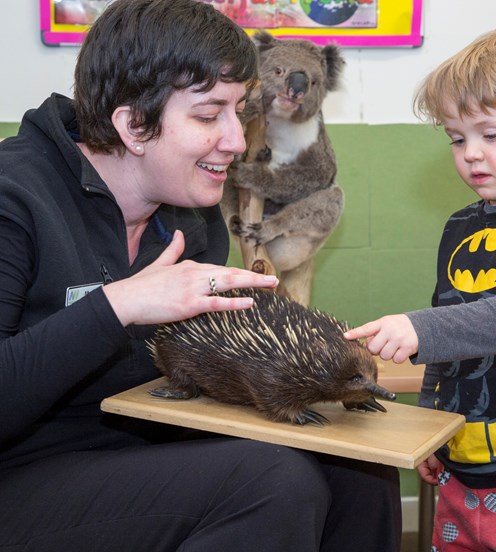
Our traveling ‘museum in a van’ program brings museum learning activities to 4-year-old kindergarten groups all over metropolitan Melbourne and regional Victoria.
We have developed a social story for teachers with autistic and neurodiverse children. Read it online or download the Word document to print or create your own.

Use this social story to plan a visit the Creative Lab. Download the pdf to print or create your own.

Use this social story to plan a visit the Royal Exhibition Builing. Download the pdf to print or create your own.
The museum can be a confronting place for sensitive visitors. Use our map of high and low sensory spaces to plan a visit to suit your child.
Low sensory spaces, coloured blue on the map, are quiet areas that are bright, have few people and no multimedia. High sensory spaces, indicated in red, are busy places with a mix of multimedia, loud noises and/or low light.
You can borrow a laminated copy of the map from the ticketing desk or you can download your own.
Melbourne Museum tends to be quieter between 3pm and 5pm on weekdays during term time.
To minimise the time your family spends in a queue, we suggest that you buy tickets online before you visit. Present your printed or digital tickets at the prepurchase queue entry point for quick entry.
On the first Saturday of every month, Melbourne Museum offers low sensory sessions for visitor who experience sensory sensitivity. Loud sound effects and music will be muted, and bright or flashing lights will be dimmed in all galleries included with museum entry. Find out more and book tickets
We'd love to hear what you think about these social stories and whether they are helpful to you. Drop us a line on [email protected].
Museums Victoria acknowledges the Wurundjeri Woi Wurrung and Boon Wurrung Bunurong peoples of the eastern Kulin Nations where we work, and First Peoples across Victoria and Australia.
First Peoples are advised that this site may contain voices, images, and names of people now passed and content of cultural significance.